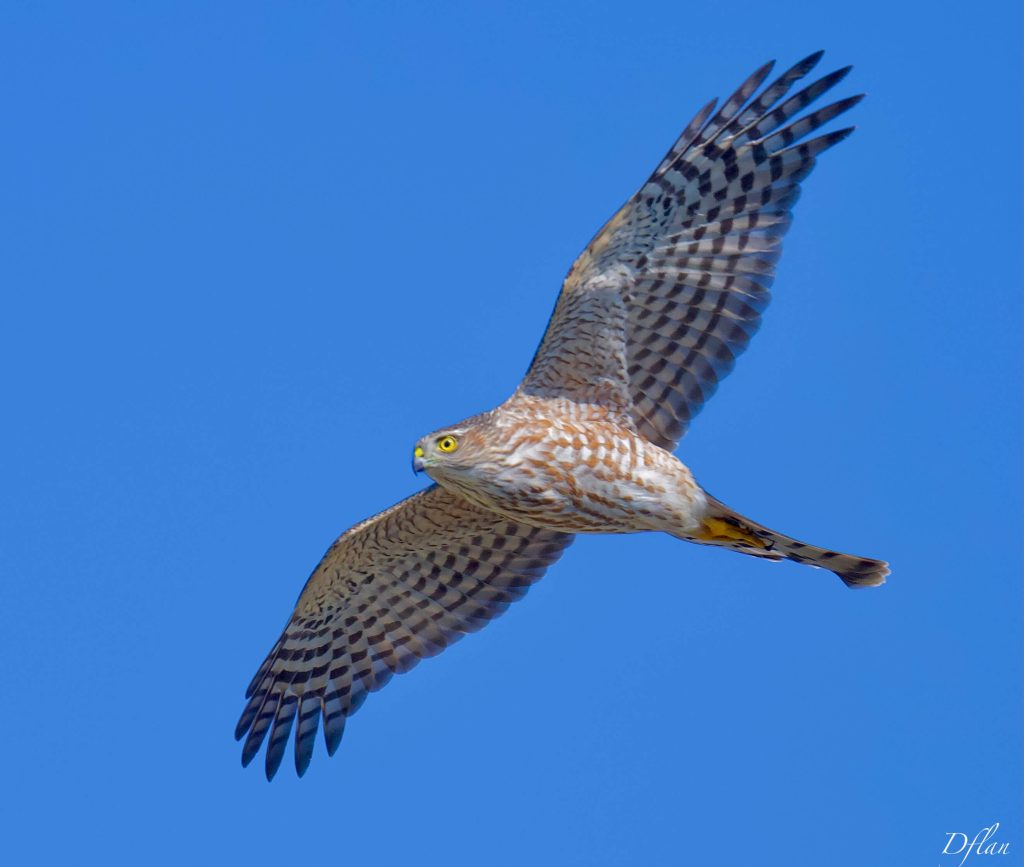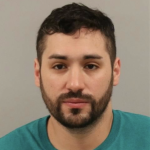CAPE MAY POINT – A sharp-shinned hawk, dubbed Dave by the Cape May Point Science Center, was locally banded with a transmitter that is allowing scientists to trace movements and migration patterns via normal cellular service.
Dave is currently wintering in Cuba, no visa required.
Dave’s story is a product of a unique partnership sponsored by the Cape May Point Science Center. The partnership combines the work of the Cape May Raptor Banding Project, Conservation Science Global and Cellular Tracking Technologies (CTT).
The partnership is a mix of the old and the new, with the banding project in its 55th year and Conservation Science Global, a nonprofit founded in 2016, and CTT having relocated to Cape May County in 2015.
With it all, the newest entity involved in this scientific research is the Cape May Point Science Center, an environmental research center located in what, until a few years ago, was a religious retreat house.
It was during summer 2022 that the project had its inception, with the donation to support the partnership coming from David and Christina Clements, one of the science center’s major donors.
With financial support and the partnership initiated, CTT was able to develop the information transmitter technology for banding to the raptors.
The trackers supply real-time information to scientists, allowing an intimate and real-time view of local migration patterns. Soon, as in the case of Dave, it was clear the patterns were not going to stay local for long.
Dave, the sharp-shinned hawk, acquired his nickname following the passing of Dave Clements in August. It was shortly after the loss of this local philanthropist and environmentalist that the first sharp-shinned hawk received a transmitter Sept. 19.
The hawk, often seen flying around Dave Clements’ home, acquired the nickname Dave among those at the science center. It turns out the name missed the mark since the bird turns out to be female.
The hawk soon left the area, heading out over the Delaware Bay on her way south. Dave waited out hurricane weather north of Fort Myers, Florida, and then continued south.
The story was picked up and published in an article by Mark Hedden in Keys Weekly, a locally owned and operated newspaper in the Florida Keys.
Hedden refers to Dave by her scientific name, SSHA1. Hedden notes that Dave had her transmitter attached by Tricia Miller, a wildlife biologist at Conservation Science Global. The nonprofit is, according to Hedden, “studying birds and their behaviors in order to figure the best ways to protect them.”
As Hedden describes it, the project, founded by the science center, is focused on four species of raptors – sharp-shinned hawks, Cooper’s Hawks, red-tailed hawks, and red-shouldered hawks.
The CTT tracker, which weighs as little as 3.5 grams and is powered by a battery and solar panel, allows scientists to follow the birds using an app on their phones.
Miller’s work was centered on how the birds were using the habitat in the Cape May peninsula. The unexpected benefit came when Dave decided to head south. Miller said that the bird flew across the Delaware Bay, then crossed the Chesapeake Bay and then moved down the East Coast, providing detailed knowledge the scientists do not often get.
Dave visited Miami, Boca Raton and, of course, Palm Beach, which are all in Florida. Hedden said Dave spent one night in Point Lowe in the Florida Keys. After some hunting, small songbirds as the likely prey, she started south again and was located just north of Long Key.
When her signal was lost amid solid coverage in the Keys, the speculation was that Dave had “lit out for Cuba.” Cuba’s cell system does not connect well with ours along ways the tracker utilizes.
Hedden said, “It might be a while before we learn exactly what happened.”
Hedden points to the value of the Cape May Point Science Center project when he notes SSHA1 has already helped paint a much fuller picture about how sharp-shinned hawks migrate, filling a lot of unknowns about timing and behavior.”
He adds, “If the bird makes it back from Cuba in the spring, we will have a fuller picture still.”
These outcomes are exactly the ones the Cape May Point Science Center envisioned as it set up shop, with an aim to become a world-class environmental science center creating partnerships and facilitating education and research.
Located at what it terms “one of the most renowned ecological intersections of marine, insect, and avian species,” the science center will continue its advocacy and promotion of research and education while waiting to see if Dave pays yet another visit to the area after a probable sojourn in Cuba.
Thoughts? Questions? Contact the author at vconti@cmcherald.com.








